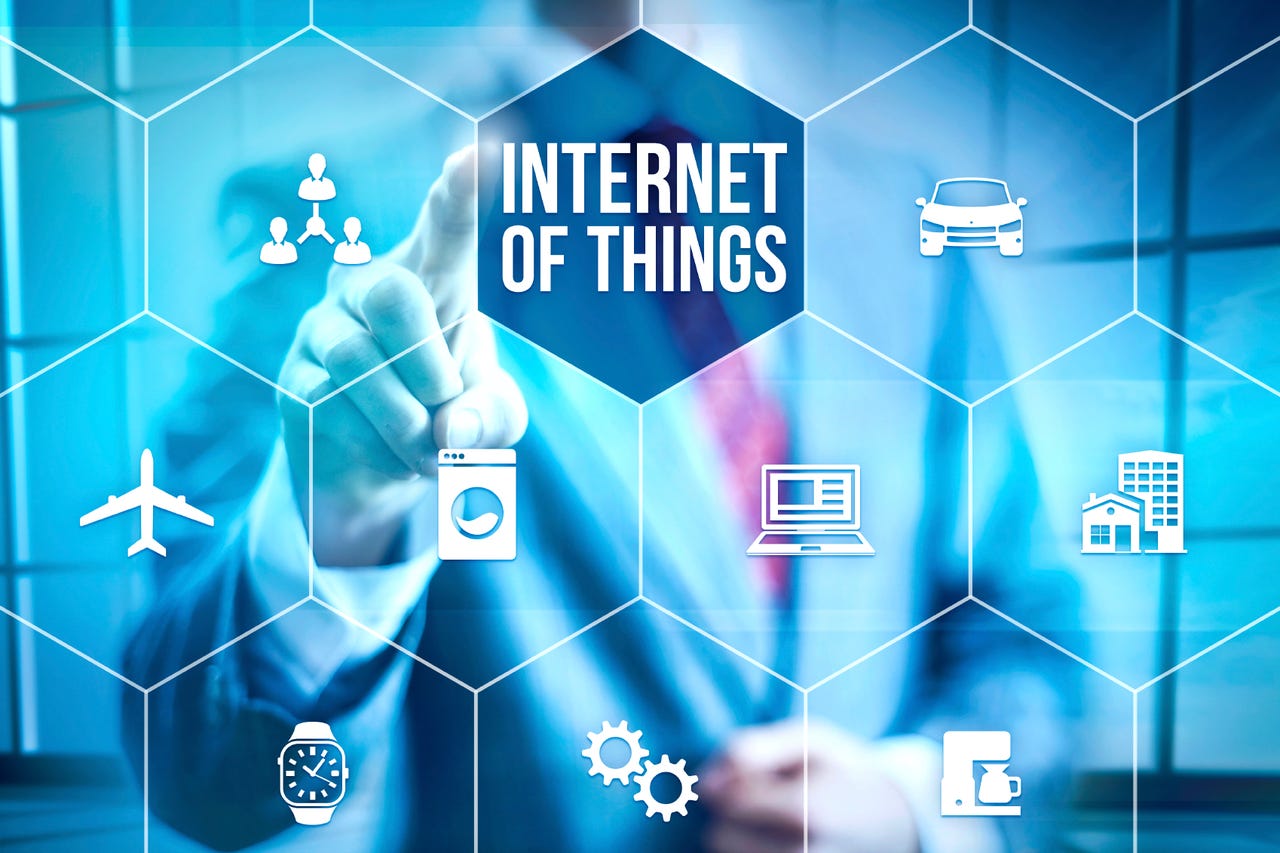Top 10 IoT technologies in near term? Wherever you look, Google is all over them


Many of the key IoT technologies firms need are still evolving and relatively immature, which makes planning difficult.
Google will be almost unavoidable for businesses considering deploying Internet of Things technologies, according to an analysis by Gartner.
The analyst firm also makes it clear that firms will need to consider a dizzying array of technologies if they want to avoid costly, half-baked IoT deployments.
According to Gartner, the 10 key technology areas they will need to consider for IoT deployments in the next two years include security, analytics, device management, short-range networks, processors, wide-area networks, event-stream processing, platforms, and communication protocols.
Mobile World Congress 2016
But many of these technologies, at least for IoT, are still evolving and relatively immature, which makes planning difficult, Gartner notes in a new report, Top 10 IoT Technologies for 2017 and 2018.
"Architecting for this immaturity and managing the risk it creates will be a key challenge for organizations exploiting the IoT. In many technology areas, lack of skills will also pose significant challenges," Gartner vice president and distinguished analyst Nick Jones said.
But no matter the technology risk that businesses are looking to address, it's likely they will run into Google, whether it's for analytics, networks, or operating systems.
Google's ambitions for IoT have become clearer in the past two years, as it gobbled up smart-home firm Nest, robotics, and drone companies, while developing its Brillo Android-based IoT operating system and creating machine-learning technologies for driverless cars.
These moves come alongside other efforts, such as open-sourcing its TensorFlow machine-intelligence software.
Google appears five times across the top 10 technologies in Gartner's analysis.
Anyone considering making sense of data collected by things on a huge scale will probably need the type of machine-learning tech in which, as Gartner points out, Google and IBM have been making major investments.
Although Microsoft is not mentioned in Gartner's report, the company under Satya Nadella is making the integration of machine-learning tech with its products a key priority.
Another area where companies are likely to run into Google's technology is when assessing low-power, short-range networks to support IoT devices deployed for the smart home and smart office.
Gartner sees these types of networks dominating IoT wireless connectivity by 2025, and among protocols that support this, such as mesh Bluetooth and ZigBee, will be the Thread, which is backed by Google's Nest, ARM, Samsung, and Qualcomm.
Google's lightweight OS Brillo offers it another route into IoT for devices that don't have the memory to run Windows, iOS or Android. For less memory-constrained devices that have around 1GB RAM, Linux and Android might serve as the OS.
A step below that, Gartner points to Brillo, whose 16MB memory footprint could serve as the OS for devices that don't require smaller footprint OSes, such as Intel's VxWorks, stripped back Linux, or embedded OSes, such as TinyOS.
Companies exploring event-stream processing options for applications that require real-time and high-rate data streams have a number of choices, including Apache Storm, Apache Spark, Google Cloud Dataflow, and IBM InfoSphere Streams. However, Gartner points out all these options are currently immature.
A Gartner spokesperson told ZDNet that not too much should be read into the report's omission of any specific vendor and that the report was not intended to rank how critical vendors are to IoT.
However, the report makes it clear that there's a good chance that Google will be somewhere in the mix of technologies used in an IoT deployment in homes, industry, and the enterprise.